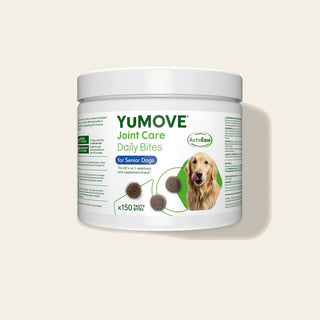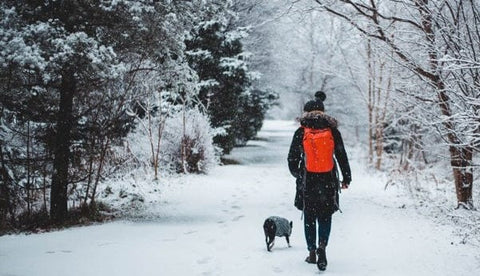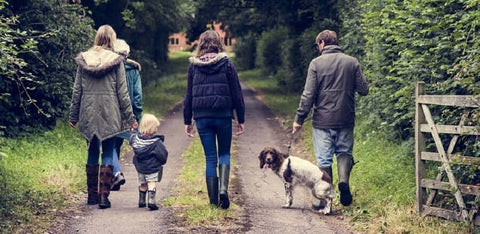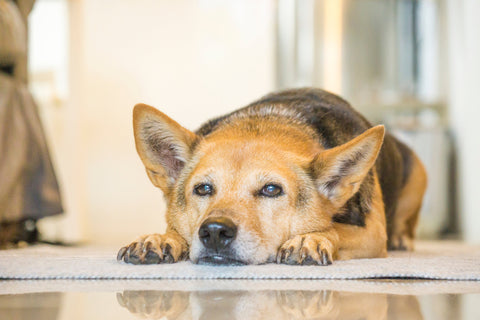
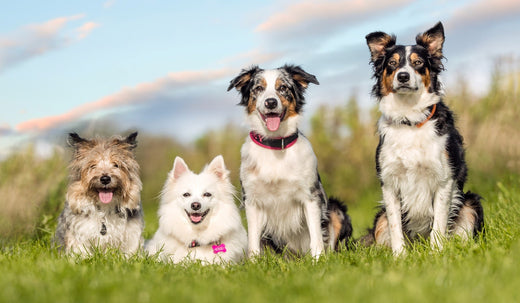
What’s the life cycle of a dog?
What stage of life is your dog at right now? We look at the four key stages for our furry best friends and talk about how you can help them get the best possible quality of life, however old or young they are.
The four stages of a dog’s life
Having said that, there are generally four stages in every dog’s life:
- Puppy
- Adolescent
- Adult
- Senior
It’s helpful for you to know which stage your dog is at so you can provide the right support – and make sure that you and your dog make the most of every moment together.
Puppy stage: on the rampage

When you welcome a puppy into your home, you have to give yourself up to the experience. You and your whole family will fall in love with this outrageously endearing little creature, while simultaneously haring around your home to stop your pup from chewing shoes, jumping on sofas, ruining rugs and trashing treasured possessions.
After a couple of months, you’ll have got to grips with house training and will have hidden your remaining precious objects on high shelves or locked them up in chew-proof cupboards.
The early weeks of your puppy’s life
The puppy stage starts at birth and can last until your dog is anywhere from six to 18 months old. Puppies are born blind and will start to open their eyes and crawl when they are two to four weeks old. From this time onwards, your puppy will start to interact more, both with their siblings and with humans.
By about seven weeks old, your pup will have developed their own distinctive personality.
Puppies spend the first eight weeks of their lives with their mother and siblings, and are then ready to move into their new home with you. At this point, it’s vital for you to house train your pup and help them learn how to get on with other dogs, perhaps by attending puppy classes.
See some of our tips on making the most of puppyhood, including bonding with your puppy, socialisation and basic training.
Don’t get carried away with long walks!

When your puppy is so bouncy and enthusiastic, it can be tempting to stride off and take your new companion for a big long walk. However, this can be damaging for a very young dog, who naturally prefers short bursts of activity rather than extended periods of exercise.
See our top puppy walking tips and try our dog exercise calculator to see how much exercise your puppy actually needs.
Support your growing puppy’s joints
Help your puppy stay on top form with supplement that’s specially designed to support growing dogs. It’s full of high-quality ingredients like Green Lipped Mussel and Glucosamine to support your puppy’s joints as they’re racing around and discovering the world.
You can give your puppy YuMOVE Joint Care for Young Dogs as soon as they’re on solid food, and gradually increase the amount as they grow. (Please see the packet for full details.) It’s safe to give your dog puppy supplements throughout their puppy and adolescent life stages.
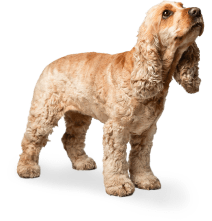
Adolescent dog: the teenage years
As with human teenagers, this is a time of growth spurts, getting used to a new sense of strength and adventure, and testing the boundaries of what is and isn’t allowed.
Your dog will become an adolescent at some point between six and 18 months old. They will reach sexual maturity and their hormones will kick in. A female dog will now be able to have puppies of her own, while male dogs may become interested in marking their territory.
When training your adolescent dog, keep the sessions short, stay calm and have plenty of treats on hand to reward good behaviour.
As a dog owner, this is a good opportunity for you to reinforce behaviour training, by being very clear and consistent. At this stage, you’re laying the foundations for your dog’s future behaviour, so be patient, and consider training classes if your pup plays up or ignores your commands.
Adult dog: all grown up

Between the ages of one and three, your dog is considered to be well and truly an adult. This can be one of the most rewarding times for you and your dog, as the crazy puppy times and rebellious teenage stages are behind you, and you can both enjoy the bond that’s growing between you.
Contrary to the stereotype, adult dogs can learn new tricks – and it’s great for their mental stimulation!
Your dog will still enjoy plenty of physical exercise, and this is a good time to introduce some further training to keep your pooch stimulated and learning. Is there a local agility or flyball class you could try out? Or how about scent training, where your dog uses their amazing sense of smell to sniff out treats hidden in boxes?
Help your adult dog stay happy and active for life
An adult dog will be happier than a puppy to lie quietly in the house without wanting to destroy their bedding. On the other hand, make sure that you continue to give your dog the right balance of a good diet and regular exercise to help them stay fit and healthy.
By this stage, you might notice your dog showing some signs of stiffness, such as:
- Sleeping more
- Taking longer on walks
- Finding it difficult to get up from resting
- Being less bouncy or playful.
If you do spot any of these signs of joint stiffness, follow the example of Bailey the Golden Retriever and try YuMOVE Joint Care for Adult Dogs, our triple-action joint supplement for dogs who are stiff or getting older.
Senior dog: the wisdom of the grey muzzle

Somewhere between the ages of six and ten, depending on their breed, your dog will enter the golden years of the senior stage. They will still love you as much as ever, and have as much passion for their favourite activities as before, but they may take a little longer to get moving and prefer a short stroll to an extended yomp across the hills.
Support your older dog’s joints
As your dog gets older, they will start to produce less Glucosamine and are more likely to experience joint stiffness, which can lead to muscle wastage and weight gain.
Try these tips to support your dog, including:
- Shortening the distance and frequency of your walks.
- Avoiding making your dog jump or stretch too much during play.
- Using a ramp to get them in and out of the car.
- Putting their food and water in raised-height dog bowls.
- Consider using a joint supplement for older dogs
Wooden floors can be tricky for senior dogs. Consider putting down non-slip rugs so your furry older friend can move around more easily.
Another practical way to support your older dog’s joints is to give them YuMOVE Joint Care PLUS, our extra-strength supplement that’s specifically formulated to make a tail-wagging difference. It’s packed with even more ActivEase Green Lipped Mussel from New Zealand, which provides a super concentrated source of Omega 3 fatty acids to help soothe stiff joints.
